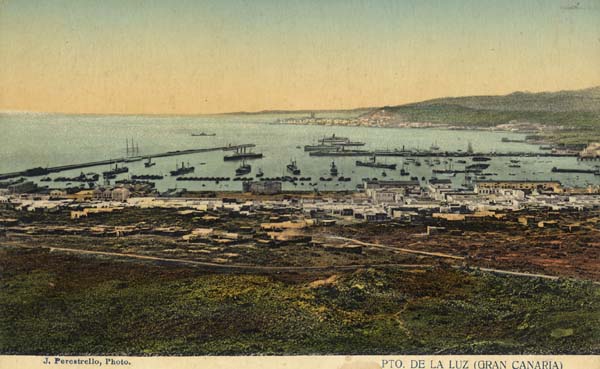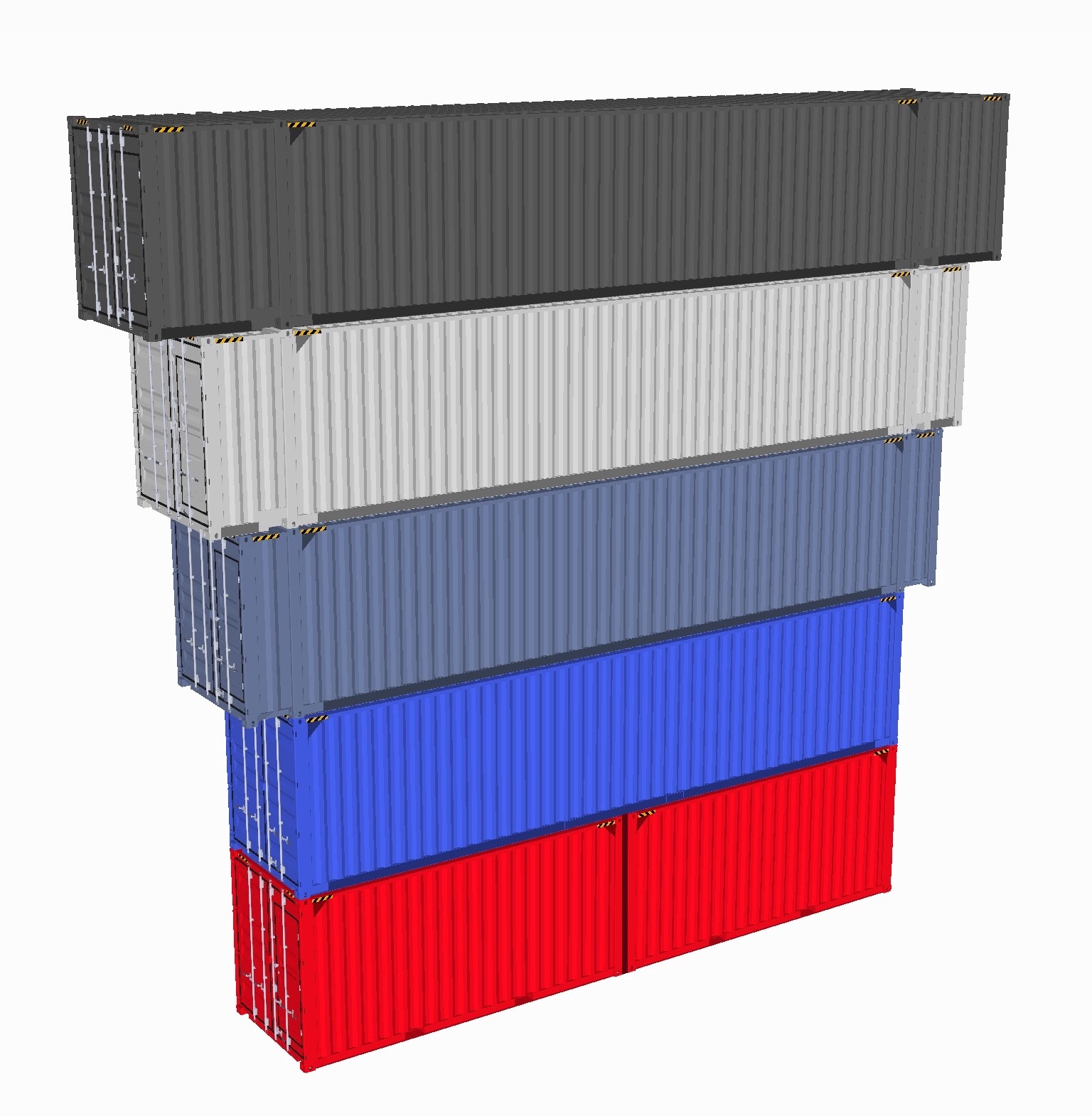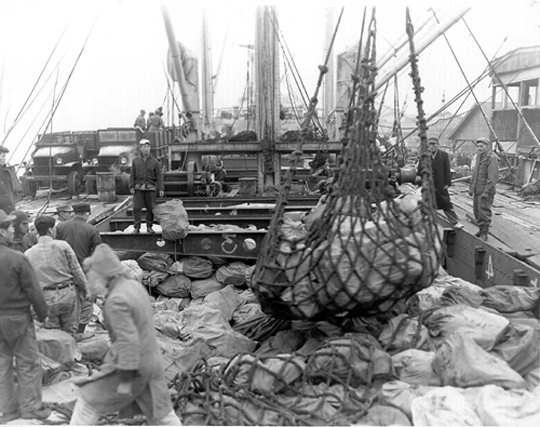|
MSC Sindy
''MSC Sindy'' is a container ship operated by the Mediterranean Shipping Company. She was built by Samsung Heavy Industries and sails under the flag of Panama. Hull and engine ''MSC Sindy'' is owned by Compania Naviera Sylvana and operated by Mediterranean Shipping Co. (MSC) It was built by the Samsung Heavy Industries Company and its yard number was 1611. The ship has a beam of and a length of . It has a draught of and a moulded depth of 27m. ''MSC Sindy'' is the sister ship to the '' MSC Bruxelles''. ''MSC Sindy'' uses a 12-cylinder, two-stroke oil Two-stroke oil (also referred to as two-cycle oil, 2-cycle oil, 2T oil, or 2-stroke oil) is a special type of motor oil intended for use in crankcase compression two-stroke engines, typical of small gasoline-powered engines. Use Unlike a four-s ... engine developing and driving a single propeller. The ship has 4 auxiliary generators, each rated at 2,950 kW. ''MSC Sindy'' can carry under 9,580 TEUs, 700 of which may be ... [...More Info...] [...Related Items...] OR: [Wikipedia] [Google] [Baidu] |
Port Of Las Palmas
Port of Las Palmas (also called La Luz Port) ( es, Puerto de Las Palmas Puerto de La Luz) is port for fishing, commercial, passenger and sports boats in the city of Las Palmas in the north-east of Gran Canaria, Canary Islands, Spain. For five centuries, the Port of Las Palmas has been the traditional base for scale and supplying ships on their way through the Middle Atlantic. Operations La Luz Port it is not only one of the first ports of the Canary Islands, but also one of the first ports in the Mid-Atlantic, and handles for some of the traffic at the crossroads between Europe, Africa and America. In turn, it constitutes one of the main ports of Spain and the first of the geographical area of West Africa. The port in 2007 handled a total of 907,782 passengers, 16.26% more than in 2006, and the growing cruise passenger traffic rose 21.23%. In 2007, it processed some 11,262 ships. In 2011 the port was the fourth busiest container port in Spain, handling 1,287,389 TEUs. Freight Th ... [...More Info...] [...Related Items...] OR: [Wikipedia] [Google] [Baidu] |
Canary Islands
The Canary Islands (; es, Canarias, ), also known informally as the Canaries, are a Spanish autonomous community and archipelago in the Atlantic Ocean, in Macaronesia. At their closest point to the African mainland, they are west of Morocco. They are the southernmost of the autonomous communities of Spain. The islands have a population of 2.2 million people and they are the most populous special territory of the European Union. The seven main islands are (from largest to smallest in area) Tenerife, Fuerteventura, Gran Canaria, Lanzarote, La Palma, La Gomera, and El Hierro. The archipelago includes many smaller islands and islets, including La Graciosa, Alegranza, Isla de Lobos, Montaña Clara, Roque del Oeste, and Roque del Este. It also includes a number of rocks, including those of Salmor, Fasnia, Bonanza, Garachico, and Anaga. In ancient times, the island chain was often referred to as "the Fortunate Isles". The Canary Islands are the southernmost region of Spain, and ... [...More Info...] [...Related Items...] OR: [Wikipedia] [Google] [Baidu] |
Official Number
Official numbers are ship identifier numbers assigned to merchant ships by their flag state, country of registration. Each country developed its own official numbering system, some on a national and some on a port-by-port basis, and the formats have sometimes changed over time. As an internationally recognized ship identifier, national official numbers have largely been superseded by the IMO number, though flag states still use national systems, which also cover those vessels not subject to the IMO regulations. British official number Beginning in 1855, with the implementation of the Merchant Shipping Act 1854, all British seagoing vessels were assigned an official number to give each ship a unique identity, even after being renamed or changing the port of registry. U.S. official number After the passage of legislation in the United States Congress in 1866, all American ships were required to carve the official number on the main beam; the system was controlled by the Bureau of Sta ... [...More Info...] [...Related Items...] OR: [Wikipedia] [Google] [Baidu] |
Maritime Call Sign
Maritime call signs are call signs assigned as unique identifiers to ships and boats. All radio transmissions must be individually identified by the call sign. Merchant and naval vessels are assigned call signs by their national licensing authorities. History One of the earliest applications of radiotelegraph operation, long predating broadcast radio, were marine radio stations installed aboard ships at sea. In the absence of international standards, early transmitters constructed after Guglielmo Marconi's first trans-Atlantic message in 1901 were issued arbitrary two-letter calls by radio companies, alone or later preceded by a one-letter company identifier. These mimicked an earlier railroad telegraph convention where short, two-letter identifiers served as Morse code abbreviations to denote the various individual stations on the line (for instance, AX could represent Halifax). "N" and two letters would identify U.S. Navy; "M" and two letters would be a Marconi station. On Apr ... [...More Info...] [...Related Items...] OR: [Wikipedia] [Google] [Baidu] |
Moulded Depth
A hull is the watertight body of a ship, boat, or flying boat. The hull may open at the top (such as a dinghy), or it may be fully or partially covered with a deck. Atop the deck may be a deckhouse and other superstructures, such as a funnel, derrick, or mast. The line where the hull meets the water surface is called the waterline. General features There is a wide variety of hull types that are chosen for suitability for different usages, the hull shape being dependent upon the needs of the design. Shapes range from a nearly perfect box in the case of scow barges to a needle-sharp surface of revolution in the case of a racing multihull sailboat. The shape is chosen to strike a balance between cost, hydrostatic considerations (accommodation, load carrying, and stability), hydrodynamics (speed, power requirements, and motion and behavior in a seaway) and special considerations for the ship's role, such as the rounded bow of an icebreaker or the flat bottom of a landing craft. In ... [...More Info...] [...Related Items...] OR: [Wikipedia] [Google] [Baidu] |
Mediterranean Shipping Company
Mediterranean Shipping Company S.A. (MSC) is an international shipping line founded by Gianluigi Aponte in Italy in 1970, with headquarters in Switzerland since 1978. The privately held company is owned by the Aponte family. It has been the largest container shipping line since the start of 2022, after overtaking fellow 2M Alliance member Maersk. The company operates in all major ports of the world. As of 2021, MSC operates 570 container vessels with an intake capacity of . It has a division called MSC Cruises that focuses on holiday cruises. It also has several subsidiaries running freight trains in Italy, Spain, Portugal, and since 2022 in Belgium, all under the name "Medway". Overview As one of the world's leading container shipping lines with headquarters in Geneva, Switzerland, MSC operates 524 offices in 155 countries with over 100,000 employees. MSC's shipping line sails on more than 215 trade routes, calling at over 500 ports. MSC operates vessels with a capacity of ... [...More Info...] [...Related Items...] OR: [Wikipedia] [Google] [Baidu] |
Moulded Depth
A hull is the watertight body of a ship, boat, or flying boat. The hull may open at the top (such as a dinghy), or it may be fully or partially covered with a deck. Atop the deck may be a deckhouse and other superstructures, such as a funnel, derrick, or mast. The line where the hull meets the water surface is called the waterline. General features There is a wide variety of hull types that are chosen for suitability for different usages, the hull shape being dependent upon the needs of the design. Shapes range from a nearly perfect box in the case of scow barges to a needle-sharp surface of revolution in the case of a racing multihull sailboat. The shape is chosen to strike a balance between cost, hydrostatic considerations (accommodation, load carrying, and stability), hydrodynamics (speed, power requirements, and motion and behavior in a seaway) and special considerations for the ship's role, such as the rounded bow of an icebreaker or the flat bottom of a landing craft. In ... [...More Info...] [...Related Items...] OR: [Wikipedia] [Google] [Baidu] |
MSC Bruxelles
''MSC Bruxelles'' is one of the largest container ships in the world. She has a maximum capacity of 9,200 TEU . The ship is owned by Santa Loretta Shipping Corp. Hull and engine ''MSC Bruxelles'' was built by Samsung Heavy Industries in yard 1511 and was finished in November 2005. This dry cargo container ship is operated by Redeerei Claus-Peter Offen GmbH & Co. KG and the Port of Registry is Monrovia, Liberia Liberia (), officially the Republic of Liberia, is a country on the West African coast. It is bordered by Sierra Leone to Liberia–Sierra Leone border, its northwest, Guinea to its north, Ivory Coast to its east, and the Atlantic Ocean .... ''MSC Bruxelles'' has a length of 337m, a beam of 46m, a draught of 15m, and a depth of 27m. ''MSC Bruxelles'' is powered by a MAN-B&W 12K98MC-C, 2 stroke 12 cylinder engine, capable of producing 68,520 kW, or 93,159 hp driving one fixed pitch propeller. References {{Reflist, 30em External linksMediterr ... [...More Info...] [...Related Items...] OR: [Wikipedia] [Google] [Baidu] |
Two-stroke Oil
Two-stroke oil (also referred to as two-cycle oil, 2-cycle oil, 2T oil, or 2-stroke oil) is a special type of motor oil intended for use in crankcase compression two-stroke engines, typical of small gasoline-powered engines. Use Unlike a four-stroke engine, the crankcase of which is closed except for its ventilation system, a two-stroke engine uses the crankcase as part of the induction tract, so oil must be mixed with gasoline to be distributed throughout the engine for lubrication. The resultant mix is referred to as premix or petroil. The oil is ultimately burned along with the fuel as a total-loss oiling system. That results in increased exhaust emissions, sometimes with excess smoke and/or a distinctive odor. The oil-base stock can be petroleum, castor oil, semi-synthetic or synthetic oil, and is mixed (or metered by injection) with petrol/gasoline at a volumetric fuel-to-oil ratio ranging from 16:1 to as low as 100:1. To avoid high emissions and oily deposits on spark p ... [...More Info...] [...Related Items...] OR: [Wikipedia] [Google] [Baidu] |
Twenty-foot Equivalent Unit
The twenty-foot equivalent unit (abbreviated TEU or teu) is an inexact unit of cargo capacity, often used for container ships and container ports.Rowlett, 2004. It is based on the volume of a intermodal container, a standard-sized metal box which can be easily transferred between different modes of transportation, such as ships, trains, and trucks. The container is defined by its length, although the height is not standardized and ranges between and , with the most common height being . It is common to designate a container as 2 TEU, rather than 2.25 TEU. Forty-foot equivalent unit The standard intermodal container is designated as twenty feet long (6.1m) and wide. Additionally there is a standard container with the same width but a doubled length of forty feet called a 40-foot (12.2m) container, which equals one forty-foot equivalent unit (often FEU or feu) in cargo transportation (considered to be two TEU, see below). In order to allow stacking of these types a forty-fo ... [...More Info...] [...Related Items...] OR: [Wikipedia] [Google] [Baidu] |
Container Ships
A container ship (also called boxship or spelled containership) is a cargo ship that carries all of its load in truck-size intermodal containers, in a technique called containerization. Container ships are a common means of commercial intermodal freight transport and now carry most seagoing non-bulk cargo. Container ship capacity is measured in twenty-foot equivalent units (TEU). Typical loads are a mix of 20-foot (1-TEU) and 40-foot (2-TEU) ISO-standard containers, with the latter predominant. Today, about 90% of non-bulk cargo worldwide is transported by container ships, and the largest modern container ships can carry up to 24,000 TEU (e.g., '' Ever Ace''). Container ships now rival crude oil tankers and bulk carriers as the largest commercial seaborne vessels. History There are two main types of dry cargo: bulk cargo and break bulk cargo. Bulk cargoes, like grain or coal, are transported unpackaged in the hull of the ship, generally in large volume. Break-bulk car ... [...More Info...] [...Related Items...] OR: [Wikipedia] [Google] [Baidu] |
2007 Ships
7 (seven) is the natural number following 6 and preceding 8. It is the only prime number preceding a cube. As an early prime number in the series of positive integers, the number seven has greatly symbolic associations in religion, mythology, superstition and philosophy. The seven Classical planets resulted in seven being the number of days in a week. It is often considered lucky in Western culture and is often seen as highly symbolic. Unlike Western culture, in Vietnamese culture, the number seven is sometimes considered unlucky. It is the first natural number whose pronunciation contains more than one syllable. Evolution of the Arabic digit In the beginning, Indians wrote 7 more or less in one stroke as a curve that looks like an uppercase vertically inverted. The western Ghubar Arabs' main contribution was to make the longer line diagonal rather than straight, though they showed some tendencies to making the digit more rectilinear. The eastern Arabs developed the digit fr ... [...More Info...] [...Related Items...] OR: [Wikipedia] [Google] [Baidu] |





